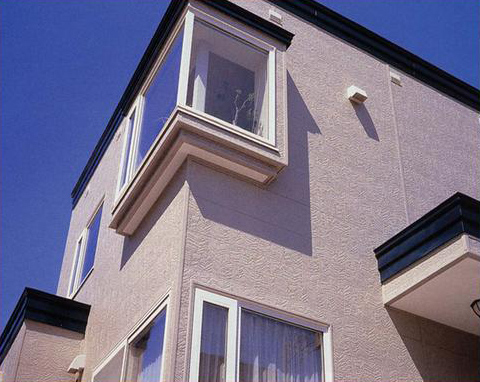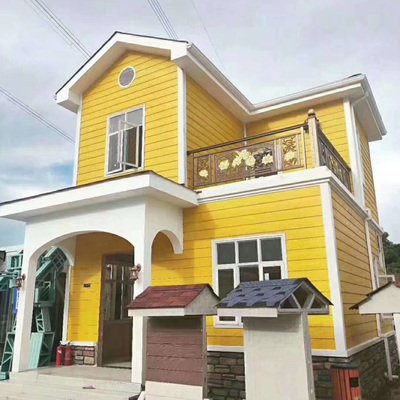

SEARCH
In recent years, with the development of national economy and construction industry, people put forward new requirements for the comfort and safety of buildings, especially external wall heat preservation materials, both heat preservation and energy saving, but also waterproof hate water. The waterproof function of exterior wall insulation material is mainly realized through three steps.

Main measures to ensure the external insulation and waterproof function of external walls:
First, step by step grading, releasing stress and preventing cracks is the correct technical route of external wall insulation and waterproof
External thermal insulation to prevent cracks is the basis of the success of external thermal insulation waterproof technology. The following principles should be considered to prevent cracks in the external insulation:
The thermal insulation effect of external insulation meets the requirements of all structures in the same temperature environment. Each structural layer of external thermal insulation material system should meet the unified principle of allowable deformation, induced deformation and limited deformation; The external insulation structure should meet the flexible stress release principle, match the elastic modulus change index of each layer, and the flexible deformation of the outer layer is larger than that of the inner layer. Uniform and dispersed soft steel bars (metal quadrilateral welding network should meet the rustproof performance, glass fiber cloth alkali strength retention rate) should meet the service life requirements.
The thermal stress generated by the rapidly changing temperature difference is concentrated on the outer surface of the external insulation. The principle of releasing temperature stress and deformation energy should be followed to solve external thermal insulation crack. The crack prevention technology of layer by layer gradual change and flexible stress release can effectively control the surface crack of insulation layer. The main points of structural design of layer-by-layer gradual change, flexible stress release and anti-crack technology are as follows:
The performance and elastic modulus of adjacent structural layers of insulation system match and gradually change. Anti-crack mortar should ensure certain flexibility in order to release deformation stress. At the same time, the anti-crack protective layer adopts steel wire mesh to change the direction of stress transmission and prevent the possibility of various deformation stress concentration. After the coating is completed, the ideal pattern should be from anti-crack mortar layer to putty layer to coating flexibility and deformation ability gradually increased; When facing ceramic tile, should use flexible adhesive and juncture adhesive.
In the application of exterior wall thermal insulation technology, adopting the principle of "release", that is, adopting flexible gradual change and releasing stress layer by layer, is the correct method to prevent exterior wall thermal insulation from cracking and ensure waterproof function.

Two, solve the external wall thermal bridge problem
Thermal bridge refers to the part of the envelope structure, including metal, reinforced concrete beams, columns, balconies, sunshades, lines, etc. Under the action of indoor and outdoor temperature difference, heat transfer is intensive and inner surface temperature is low. These parts form heat transfer Bridges, so they are called thermal Bridges. These thermal Bridges are usually ignored in the absence of insulation and the temperature-induced deformation is different from that of walls with external insulation. After a certain time of deformation and destruction, will cause these parts without thermal insulation and external thermal insulation wall junction damage cracks. The basic way to solve the thermal bridge is to break the bridge, that is, the external insulation layer must completely cover all the external surface, so that the insulation layer is closed. For example, parapets raised from the roof should have external insulation on the front, back and top.
Three, the construction measures of the hole of the adhesive layer
In order to prevent rain, snow and water from flowing into the insulation layer along the cavity of the bonding layer, the construction of the bonding insulation material in Chongqing must adopt the point box bonding method. All sides of the insulation board should be coated with paste mortar, the width is not less than 5 cm, not more than 1 cm from the outside of the board, so that the paste mortar forms a closed frame, the frame should be coated with five paste mortar points. This not only ensures the paste area, but also compacts the paste mortar to squeeze the board edge, there is no gap between adjacent boards, blocked the seepage route.
Related